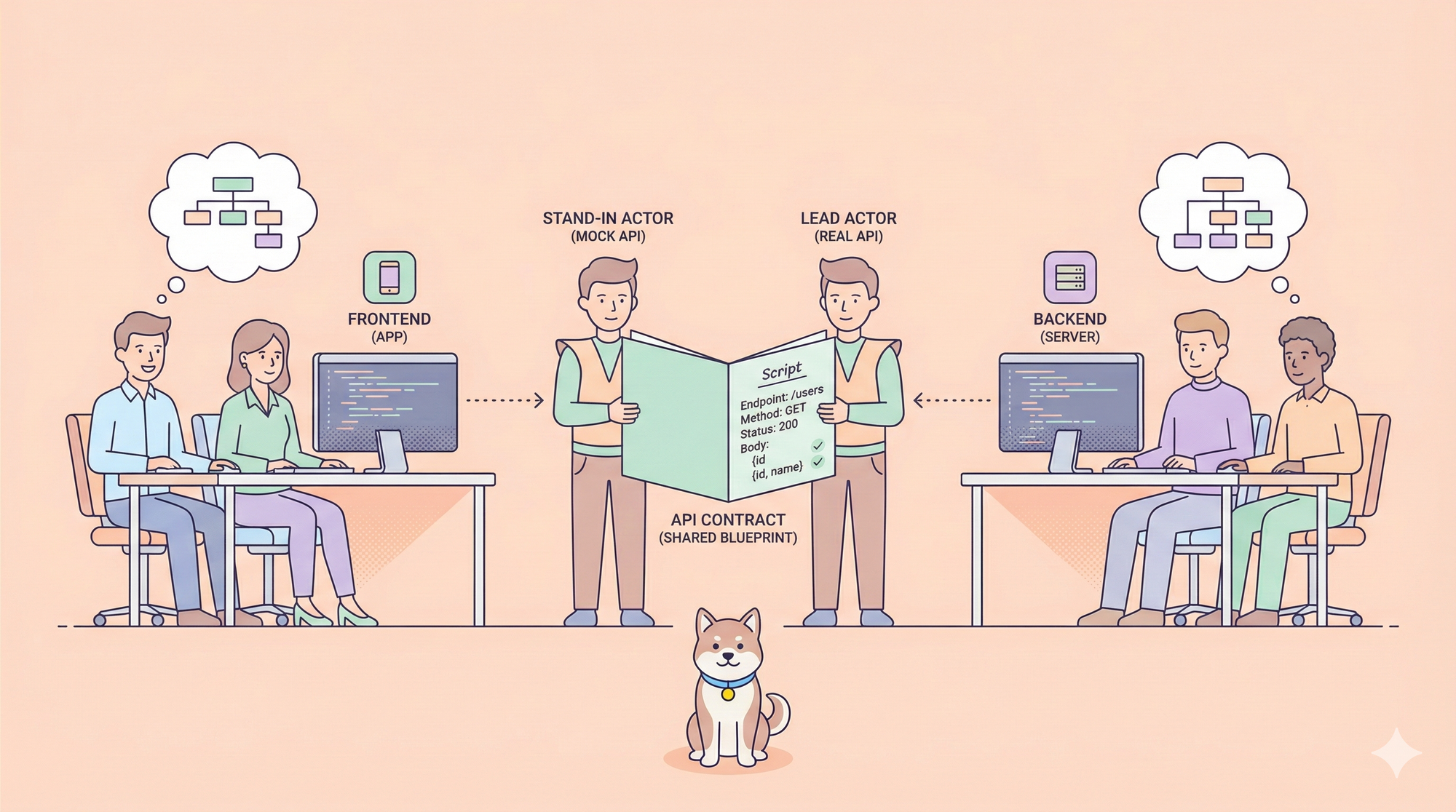Are you ready to dive into the world of GraphQL and discover how it can revolutionize the way you interact with APIs? In this guide, we’ll explore what GraphQL queries are, why they’re a game-changer, and how you can leverage them using tools like APIDog. So, buckle up and get ready for an exciting journey through the intricacies of GraphQL queries!
What is GraphQL?
Before we dive into the nitty-gritty of GraphQL queries, let’s first understand what GraphQL is. GraphQL is a query language for your API, and a server-side runtime for executing queries by using a type system you define for your data. It was developed by Facebook in 2012 and open-sourced in 2015. Unlike REST, GraphQL allows you to request exactly the data you need, and nothing more.
Why Use GraphQL?
There are several compelling reasons to use GraphQL over traditional REST APIs:
- Efficiency: GraphQL minimizes the amount of data transferred over the network by allowing clients to specify exactly what data they need.
- Flexibility: With GraphQL, you can get multiple resources in a single request, which is often not possible with REST APIs.
- Strong Typing: GraphQL’s type system ensures that clients can predict the shape of the responses, reducing errors and improving developer experience.
Understanding GraphQL Queries
At the heart of GraphQL is the concept of a query. A GraphQL query is how you request data from a GraphQL server. It’s similar to a SQL query but designed for interacting with APIs.
Here’s a basic example of a GraphQL query:
{
user(id: "1") {
name
email
}
}
This query asks for the name and email of the user with the ID of 1. Simple, right? But there’s so much more you can do!
Nested Queries
One of the powerful features of GraphQL is the ability to nest queries. This means you can request related data in a single query. For example:
{
user(id: "1") {
name
email
posts {
title
content
}
}
}
In this query, we’re asking for the user’s name and email, as well as the title and content of each of their posts. This nested structure mirrors the relationships in your data.
Mutations: Changing Data with GraphQL
Queries are for reading data, but what if you need to modify it? That’s where mutations come in. A mutation in GraphQL is similar to a POST, PUT, or DELETE request in REST.
Here’s an example of a mutation to create a new post:
mutation {
createPost(input: { title: "GraphQL Rocks", content: "Learning GraphQL is fun!" }) {
id
title
content
}
}
In this mutation, we’re sending an input object to create a new post, and we’re specifying that we want the id, title, and content of the newly created post in the response.
Using Apidog to Simplify GraphQL
Apidog is a fantastic tool that helps you work with APIs, including those using GraphQL. It provides a user-friendly interface to explore and test your GraphQL queries and mutations. Here’s how Apidog can enhance your GraphQL experience:
- Interactive Playground: Apidog offers an interactive playground where you can write and execute GraphQL queries and mutations. This makes it easy to experiment and see results in real-time.
- Documentation Generation: Apidog can automatically generate documentation for your GraphQL API, helping you understand the available queries, mutations, and types.
- Mocking and Testing: With Apidog , you can mock responses and test your GraphQL queries without needing a live server. This is great for development and testing.

Crafting Complex Queries
One of the beauties of GraphQL is its ability to handle complex queries with ease. Let’s look at a more complex example that demonstrates how you can retrieve deeply nested data:
{
user(id: "1") {
name
email
posts {
title
comments {
author {
name
}
content
}
}
}
}
In this query, we’re not only fetching the user’s name and email, but also their posts, and for each post, the comments, and for each comment, the author’s name and content. This hierarchical querying capability is one of GraphQL’s most powerful features.
Handling Arguments in Queries
GraphQL allows you to pass arguments to queries to filter and customize the data you receive. For example, you might want to fetch only posts created after a certain date:
{
posts(after: "2023-01-01") {
title
content
}
}
In this query, the after argument filters posts to only include those created after January 1, 2023.
Fragments: Reusing Query Parts
To avoid duplication, GraphQL supports fragments, which allow you to define reusable parts of a query. Here’s how you can use fragments:
fragment userDetails on User {
name
email
}
{
user(id: "1") {
...userDetails
posts {
title
}
}
}
The userDetails fragment defines a reusable set of fields, which we can then spread into the main query using the ... syntax.
Pagination in GraphQL
Dealing with large sets of data often requires pagination. GraphQL supports pagination through arguments like first and after. Here’s an example:
{
posts(first: 10, after: "cursor") {
edges {
node {
title
content
}
}
pageInfo {
endCursor
hasNextPage
}
}
}
In this query, we’re requesting the first 10 posts after a given cursor. The response includes pageInfo to help with subsequent pagination requests.
Best Practices for GraphQL Queries
To get the most out of GraphQL, follow these best practices:
- Ask for What You Need: Only request the fields you need to minimize the amount of data transferred.
- Use Fragments: Reuse parts of queries with fragments to keep your code DRY (Don’t Repeat Yourself).
- Document Your Schema: Make sure your GraphQL schema is well-documented so developers can easily understand the available types and operations.
Conclusion
GraphQL queries offer a flexible and efficient way to interact with APIs, making it easier to request exactly the data you need and nothing more. By leveraging tools like APIDog, you can streamline your development process, making it easier to explore, test, and document your GraphQL APIs.
Whether you’re building a new API or working with an existing one, understanding and utilizing GraphQL queries will undoubtedly enhance your capabilities as a developer. So, start experimenting with GraphQL today, and unlock the full potential of your APIs!



